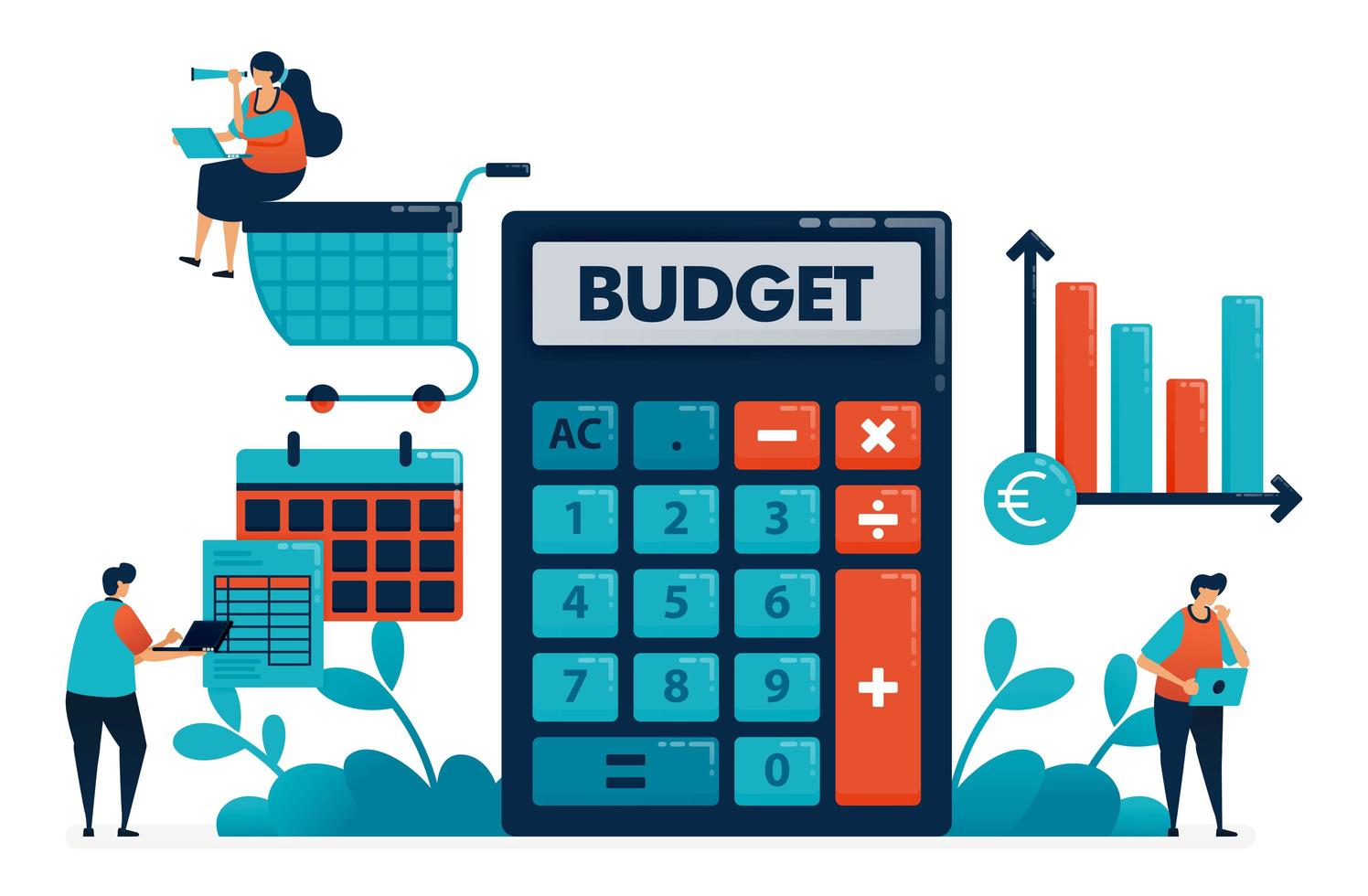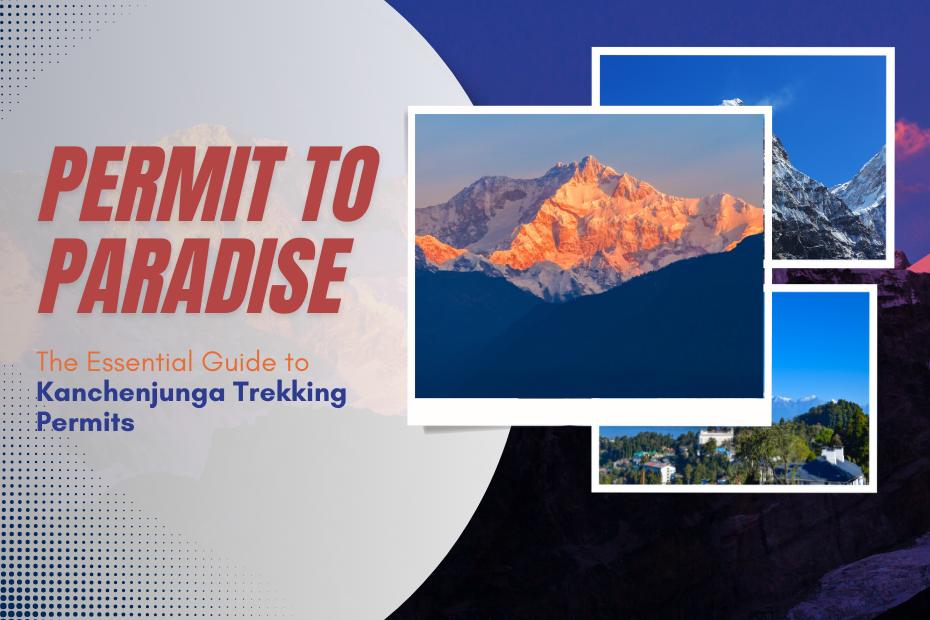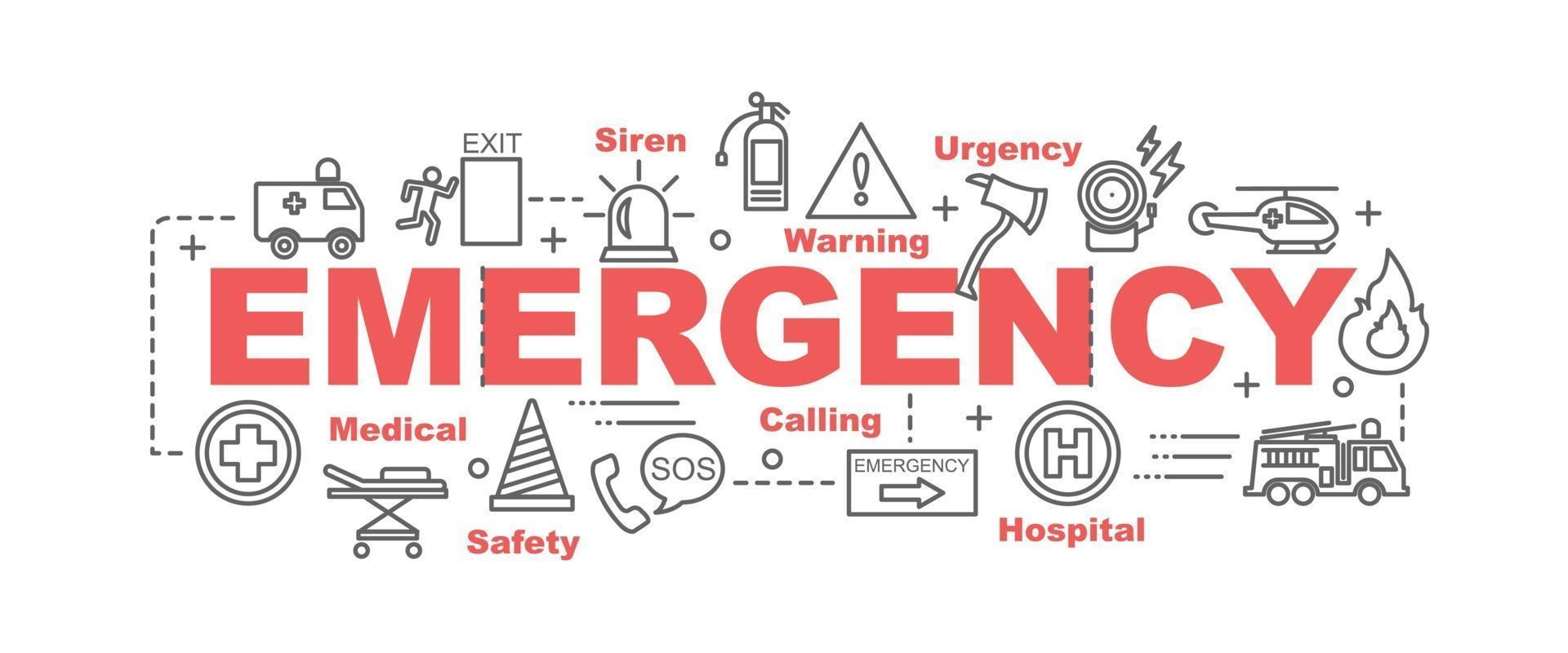
Cost Breakdown
Understanding the Cost Breakdown for Annapurna Trekking
Planning a trek in the Annapurna region involves more than just picking a route it's also about budgeting wisely. A clear understanding of where your money goes helps ensure a smooth and well-prepared journey. While actual costs vary based on trek duration, group size, and level of comfort, the overall expenses are generally categorized into a few key areas.
Permits and Entry Fees
Every trekker in the Annapurna region must obtain two essential permits: the TIMS Card (Trekkers’ Information Management System) and the ACAP Permit (Annapurna Conservation Area Project). These fees contribute to the safety, conservation, and infrastructure of the region. For those visiting restricted areas like Nar Phu or Upper Mustang, additional Restricted Area Permits are required.
Accommodation and Meals
Most trekkers stay in teahouses, which are locally owned lodges offering basic rooms and traditional meals. Costs vary by altitude—higher villages typically charge more due to transportation challenges. Meals usually include rice, lentils, noodles, soups, and seasonal vegetables, with options for both local and Western dishes. Some packages include all meals, while others offer more flexibility.
Transportation
Transportation costs depend on your starting and ending points. Common options include local buses, tourist coaches, or private jeeps from Kathmandu or Pokhara to trailheads like Besisahar or Nayapul. Some treks also require domestic flights, such as from Jomsom to Pokhara, which can significantly impact the budget.
Guide and Porter Services
Hiring a licensed guide ensures safety, cultural insight, and a more enriching experience. Porters are often hired to carry luggage, allowing trekkers to enjoy the journey without being weighed down. These services are highly recommended, especially for high-altitude or longer treks, and also support local employment.
Gear and Equipment
While many trekkers bring their own gear, it's also possible to rent trekking equipment in Kathmandu or Pokhara. Expenses may include sleeping bags, down jackets, trekking poles, and backpacks. Investing in quality gear is essential for safety and comfort, especially during colder months or higher elevations.
Insurance and Emergency Funds
Comprehensive travel insurance covering high-altitude trekking and emergency evacuation is highly recommended. This protects you in case of injury, altitude sickness, or delays due to weather. It’s also wise to carry some emergency cash for situations where electronic payments are not accepted.



